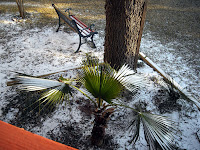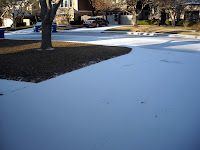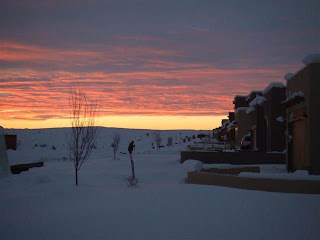“The young child’s mind is very much like a poet’s mind.” — Charlotte Zolotow
Author Archives: Lupe Ruiz-Flores
Hook the reader!
“No matter how much education you’ve had, it’s best to read as many classics as possible and keep abreast of today’s popular reading, especially in the area to which you hope to contribute.”—Writing Tip: Writer’s Digest Weekly Planner
Point of View
 |
| Sunset over Albuquerque |
Regional writer’s conference
“Workshops and conferences are a great source of information and inspiration, no matter your experience level.” – Writing Tip from Writer’s Digest Weekly Planner
Query Letters
 |
| Mission Window |
A few days ago, I got a nice surprise. Criticas Connections, of LibraryJournal.com did a review of my book, The Battle of the Snow Cones, in their February blog.
“Professionalism is an attitude. For a writer, this means professional presentation of queries and manuscripts, a thorough study of the market, and the ability to deliver assigned work on time.” —Writing Tip from Writer’s Digest Weekly Planner
Revisions
If you have a children’s story ready to go, my suggestion is that you enter it in the Kindergarten Story Writing Contest sponsored by Children’s Writer. Visit their Website for further details. But hurry. The deadline for entries is February 28, 2011. Good luck!
Whenever I do school visits, part of my presentation is on the writing process. I stress revision, revision, revision. Revision is “revisiting” your draft, I tell students. It’s taking a look as to whether you want to change the point of view, add a section, delete a part, change the tone, change the tense, change the beginning or the end. In your messy first draft, you were just brainstorming and composing, writing text down. In revision, you’re getting to the final part before editing. It’s all a process to make your final piece the best that it can be. Chuck Sambuchino’s article, “Revisions: What Every Writer Should Know,” on the Guide to Literary Agents Editor’s Blog, also links to other blogs on the same topic.
 |
| Pinatas by the roadside
“Great stories give us metaphors which flash upon the mind the way lightning flashes upon the earth, illuminating for an instant an entire landscape.” — Paula Fox
|
Illustrator Perspective
“Touch magic — pass it on.” – Jane Yolen
The writing life
And, I just had to stop and take a picture of this Styrofoam-cup Valentine message on a fence on a busy local street. You can bet there is a story behind this.
 |
| HAPPY VALENTINE’S DAY! |
Snow Day!
 Well what do you know! It did snow here. Okay, okay. So it was more like snow dust, barely covering the ground, more like patches here and there, but it was SNOW! I hadn’t seen the powdery stuff in years. We’re too far south for that sort of thing.
Well what do you know! It did snow here. Okay, okay. So it was more like snow dust, barely covering the ground, more like patches here and there, but it was SNOW! I hadn’t seen the powdery stuff in years. We’re too far south for that sort of thing.  In 1985, we did have about 13 inches of the white stuff. It paralyzed the city. We’re not used to that kind of thing. So every now and then when it does happen, we go crazy. The locals were busy sending in photos to our TV station. The kids were out making snow angels. By noon, the snow was all gone. But for a few hours, it was fun.
In 1985, we did have about 13 inches of the white stuff. It paralyzed the city. We’re not used to that kind of thing. So every now and then when it does happen, we go crazy. The locals were busy sending in photos to our TV station. The kids were out making snow angels. By noon, the snow was all gone. But for a few hours, it was fun.Night of typhoon
We were living on Okinawa Island when a typhoon hit. It was the middle of the night and sheets of rain pounded our house, the shutters on the windows rattled, and water seeped right through the walls. I kid you not. The power went out and we were in total darkness until we lit candles, always handy to have during times like that.
For what seemed like hours, my husband and I mopped up water from the floor as the rain kept seeping in. My daughter, feet propped up in an armchair, was deeply engrossed in a book she was reading, her only light the flickering flames of a candle. She was completely oblivious to the raging winds howling right outside our door. A simple typhoon never stopped her from enjoying one of her favorite books.
 |
| New Mexico |
By the way, we’re supposed to get some snow here in southwest Texas tonight. Will keep you posted to see if we really do. Took the picture above a few winters ago in New Mexico.
“The young child’s mind is very much like a poet’s mind.” – Charlotte Zolotow


